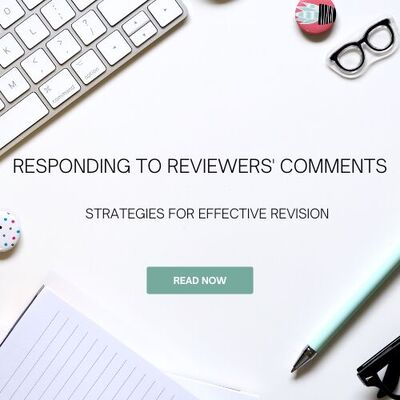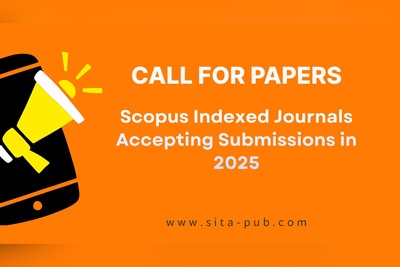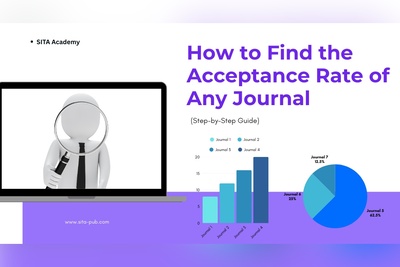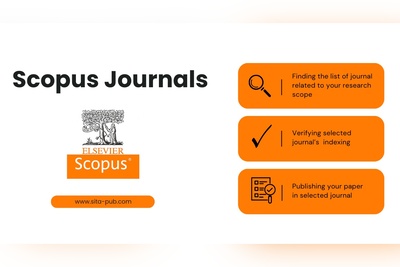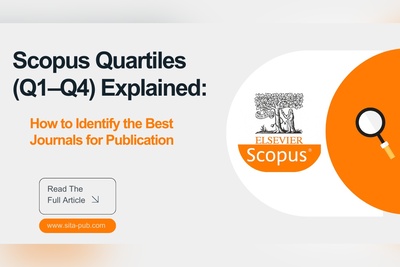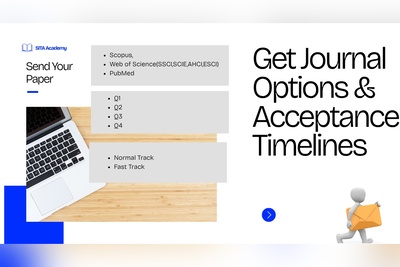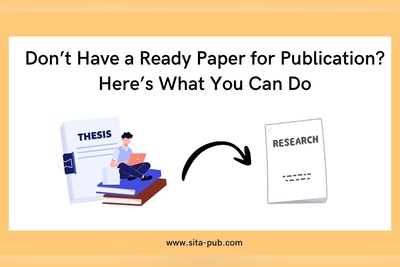Want to Get Published? Here’s What Editors and Reviewers Are Really Looking For
Understanding what editors and reviewers look for can greatly improve your chances of acceptance. This article explains key factors that influence the review process and offers practical advice to help your article stand out — from scientific quality to submission details and beyond.
- How the Scientific Quality of Your Article Influences Reviewer Attention
- How to Write a High-Quality, Well-Structured Research Article
- The Importance of Native English Editing in Attracting Reviewers
- The Role of Professional Journal Formatting in Reviewer Evaluation
- Essential Requirements for Submitting a Research Article
- What Happens to Your Article After Submission: Possible Results
- How to Respond Effectively to Reviewer Comments (Revisions)
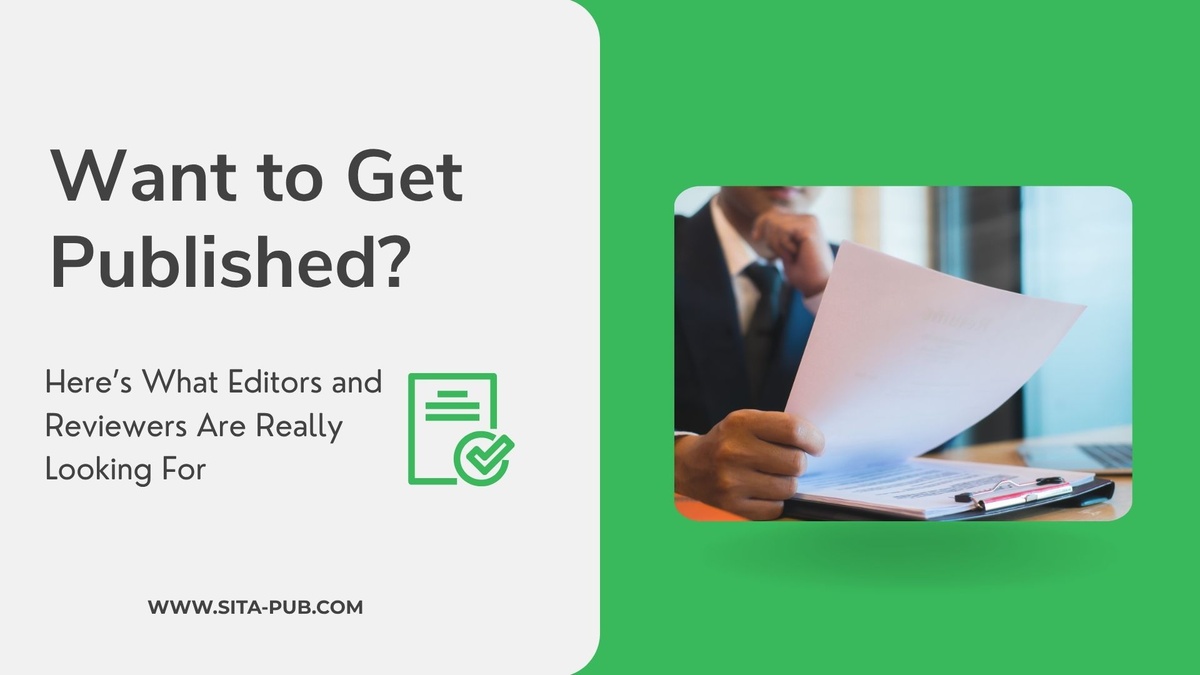
How the Scientific Quality of Your Article Influences Reviewer Attention
At the core of every publication decision lies the scientific quality of your work. Reviewers and editors first assess whether your research contributes valuable, original knowledge to the field. They look for:
A clear research question
Sound methodology
Valid results
Logical conclusions

Poor scientific quality can quickly lead to rejection. Equally important is the originality and relevance of your research topic. Editors want studies that advance understanding, address significant problems, or offer novel solutions.
Plagiarism and Paraphrasing
One crucial issue that can negatively affect reviewer perception is plagiarism—whether intentional or unintentional. Using someone else’s words or ideas without proper citation is strictly prohibited and can lead to outright rejection or worse, damage your reputation. Paraphrasing—rewriting ideas in your own words—is acceptable and encouraged but must be done carefully, ensuring original sources are credited. Using plagiarism detection tools before submission can help avoid unintentional overlaps.
In summary, a scientifically strong, well-argued, and ethically sound article naturally captures reviewer interest and earns their respect.
How to Write a High-Quality, Well-Structured Research Article
Writing a high-quality research article requires clarity, coherence, and adherence to a standard structure familiar to editors and reviewers. Below is a typical structure of a research paper, including recommended page ranges. Note that specific journals may vary slightly.
Section | Purpose | Suggested Length (Pages) |
Title Page | Article title, authors, affiliation | 1 |
Abstract | Concise summary of research | 0.5 |
Introduction | Background, problem statement, aims | 1–2 |
Literature Review | Context and existing work | 2–3 |
Methodology | Research design and methods | 2–3 |
Results | Findings with data and tables | 3–5 |
Discussion | Interpretation, implications | 2–4 |
Conclusion | Summary, future work suggestions | 1 |
References | Cited literature | Varies |
Appendices (if any) | Supplementary material | Optional |
Planning your paper section by section and focusing on logical flow helps reviewers understand your contribution quickly. Avoid unnecessary jargon and ensure each part supports your main argument.
The Importance of Native English Editing in Attracting Reviewers

Even the strongest research can be overlooked if the language quality is poor. Editors and reviewers often reject papers due to unclear writing, grammatical errors, or awkward phrasing, especially in international journals where English is the primary language.
Native English editing significantly improves readability and professionalism. It ensures that your ideas are communicated precisely, reducing misunderstandings and frustrations during peer review. Hiring a professional editor or using specialized language editing services before submission can make a substantial difference in acceptance rates.
Moreover, clear and polished language signals respect for the reviewers’ time and effort, which can positively influence their evaluation.
The Role of Professional Journal Formatting in Reviewer Evaluation
Formatting your manuscript according to the target journal’s guidelines is more than a formality—it reflects your attention to detail and readiness for publication. Common formatting requirements include:
Font type and size
Margins and line spacing
Reference style
Figure/table presentation
Non-compliance with formatting rules can delay review or even lead to outright desk rejection. Reviewers expect a neat, consistent manuscript that conforms to the journal’s template, allowing them to focus on content rather than distractions.
Using the journal’s official template, usually available on their website, or formatting tools can save you time and improve the professionalism of your submission.
Essential Requirements for Submitting a Research Article
Before submitting, ensure you have met all essential requirements. These often include:
ORCID ID: A unique identifier that links your research outputs and ensures proper author attribution.
Accurate Author Affiliations: Correct and complete institutional details help with credibility and correspondence.
Submission Platform: Familiarize yourself with the journal’s submission system (e.g., Editorial Manager, ScholarOne).
Required Documents: Besides the manuscript, journals may require cover letters, conflict of interest statements, ethical approval documents, or data availability statements.
Completing all requirements carefully reduces administrative delays and helps your manuscript progress smoothly through review.
What Happens to Your Article After Submission: Possible Results
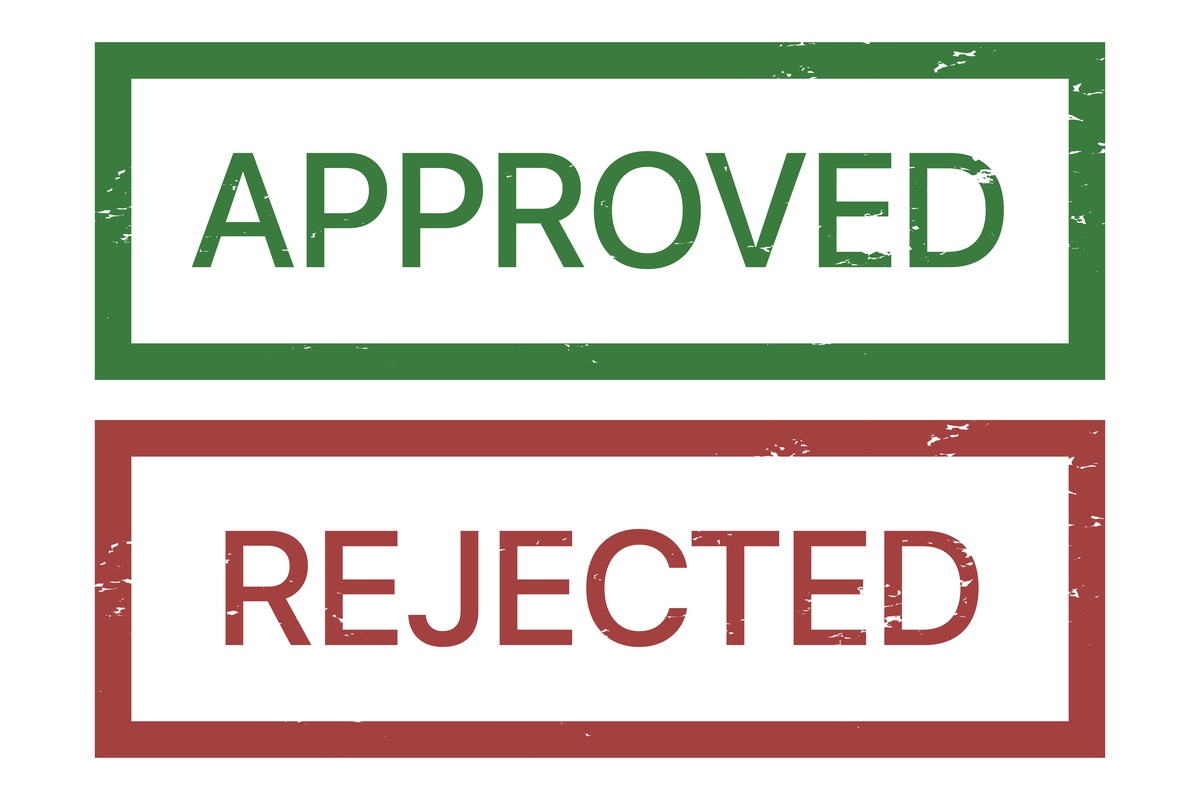
Once submitted, your article typically undergoes several stages:
Initial Editorial Check: The editor reviews basic fit, scope, and compliance with submission guidelines.
Desk Rejection: If the manuscript is out of scope or clearly below standards, it may be rejected without peer review.
Peer Review: Selected reviewers assess scientific quality, originality, and presentation.
Reviewer Reports: Editors collect comments and recommendations.
Decision: Based on reviews, the editor may accept, request revisions, or reject the manuscript.
Understanding these steps helps you remain patient and prepared for possible outcomes.
How to Respond Effectively to Reviewer Comments (Revisions)
Responding to reviewers professionally is key to success. Carefully read all comments, thank the reviewers for their input, and address each point clearly and respectfully. Provide explanations or make changes as requested, citing page numbers or sections where revisions were made. If you disagree, explain politely with evidence.
A well-crafted response letter can turn a “major revision” decision into an acceptance.
Steps That Follow the Acceptance of a Scientific Manuscript
After acceptance, your manuscript moves to production. You will typically receive galley proofs, which are formatted versions of your article to review before final publication. Check carefully for any errors, formatting issues, or last-minute corrections. Approve the proofs within the journal’s deadline to avoid delays.
Once finalized, your article is published online and/or in print, becoming part of the academic record.
Final Thoughts
Getting published is a journey that combines solid scientific work with clear writing, ethical integrity, and careful attention to editorial standards. By focusing on these key areas — scientific quality, language, formatting, submission requirements, and professional communication — you increase your chances of success.
Remember, editors and reviewers want to see your research shine. Help them by submitting your best, clearest, and most polished work.
